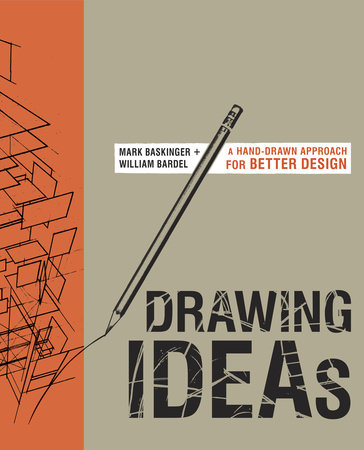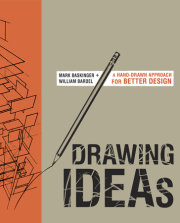The best sketches visualize ideas through good, compelling form; without substance, the form is empty—and without form, the substance has no voice. Sketches need to transfer information and interpret complex information into definable chunks or messages. How they are visualized depends as much on personal aesthetics as on experience.
The rule of thumb is to develop sketches in a straightforward manner while allowing them to be expressive. A few years ago, a Carnegie Mellon design student named Anna Carey coined the term “freshture” in the context of a first-year drawing class. Her insightful, pithy term seemed to sum up the qualities of good sketches the class was describing—fresh and gestural.
Freshness or crisp qualities to strokes, so that they look like they are held in tension, make sketches appear more kinetic. Letting
gesture influence mark-making by purposefully missing outlines and overdrawing in key areas adds another quality. Said another way, good sketches are accurate and precise in structure and message but rough in an expressive way. This approach allows some flexibility in the reading of the sketch and takes the formality and rigid qualities away to make the drawing more visually accessible. Keeping “freshture” in mind may help to ensure that a sketch reads clearly as a sketch and is not misinterpreted as a final drawing or concrete idea.
Copyright © 2013 by Mark Baskinger and William Bardel. All rights reserved. No part of this excerpt may be reproduced or reprinted without permission in writing from the publisher.








